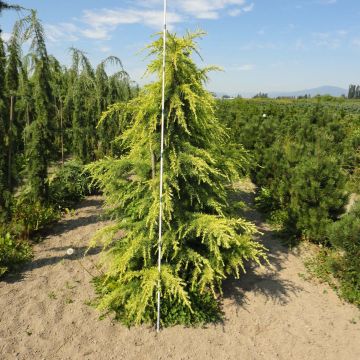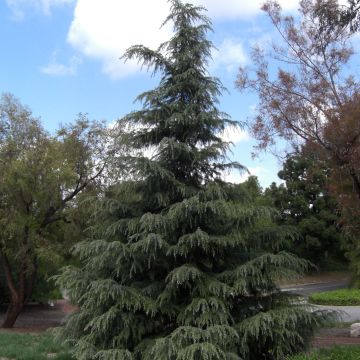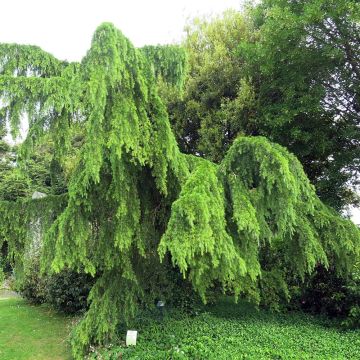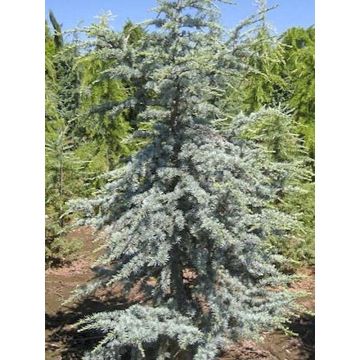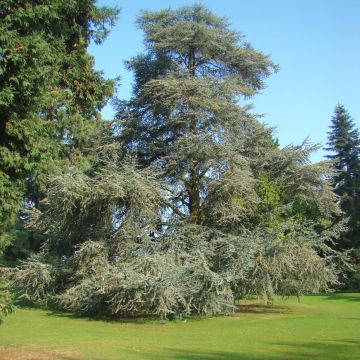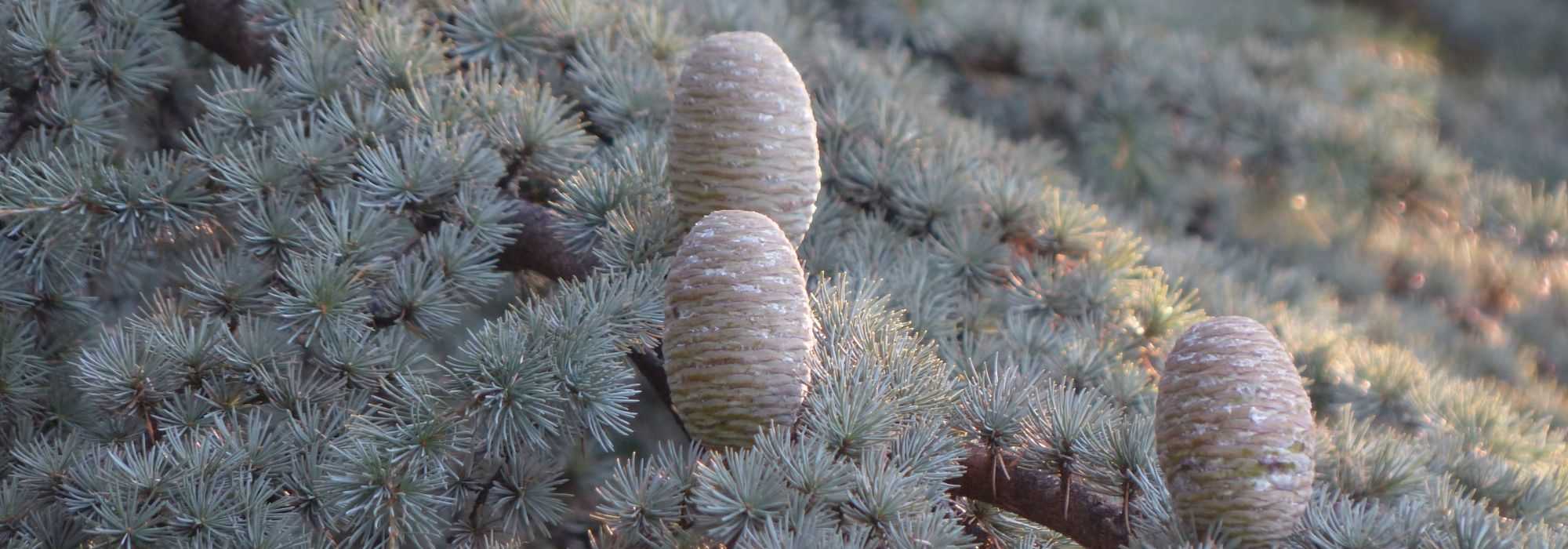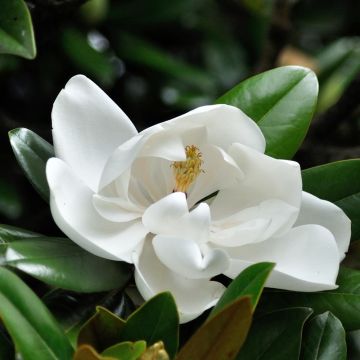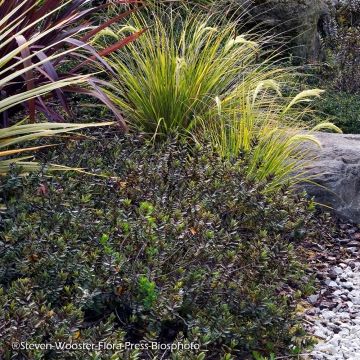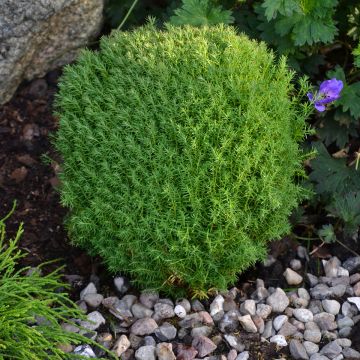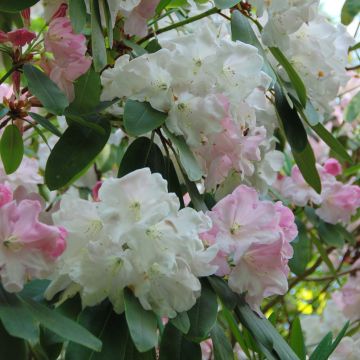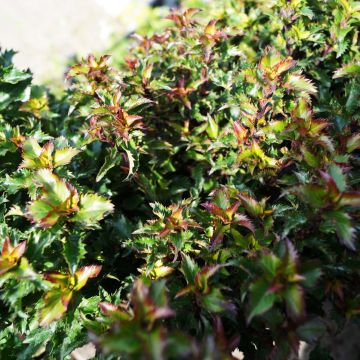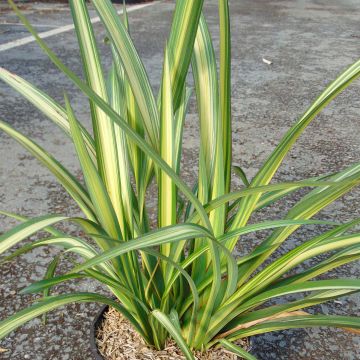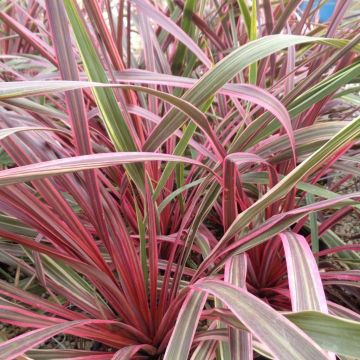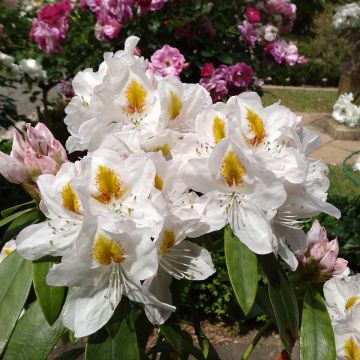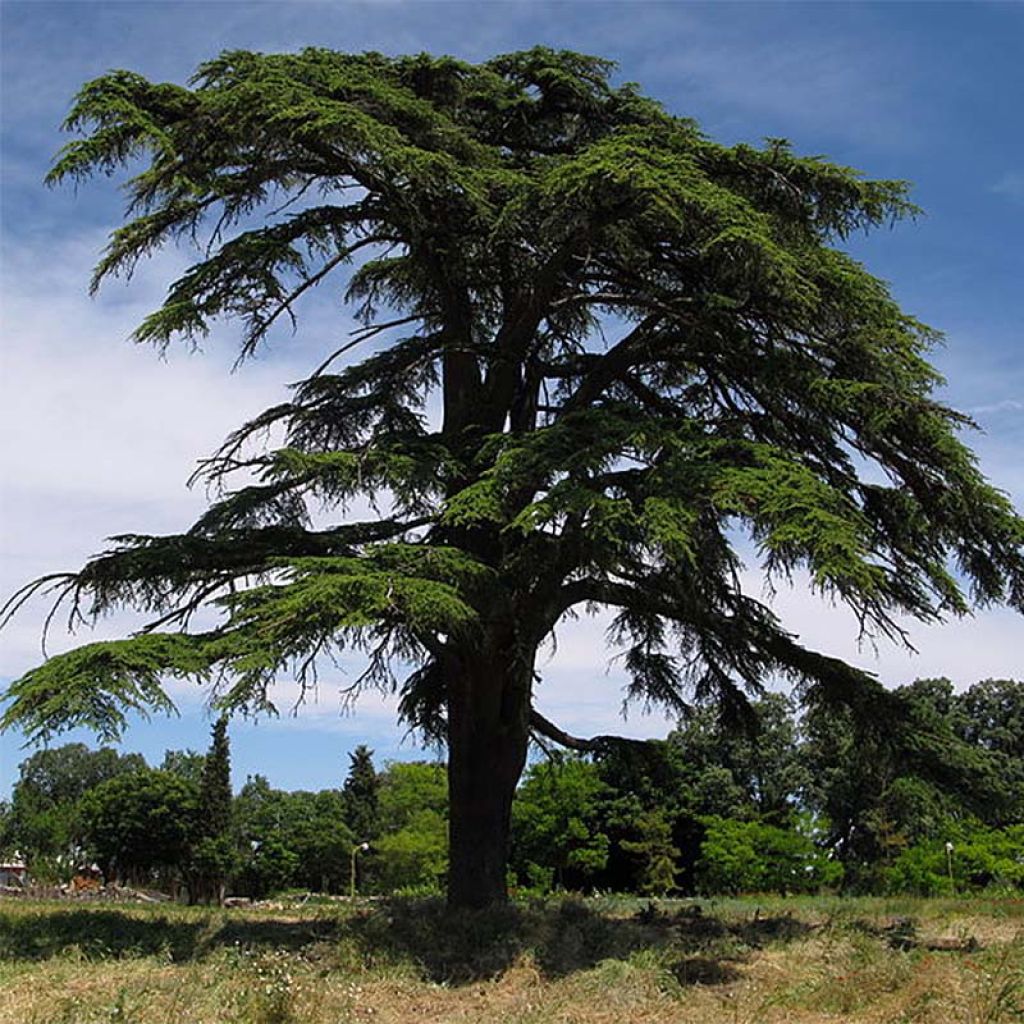

Cedrus libani - Lebanese Cedar
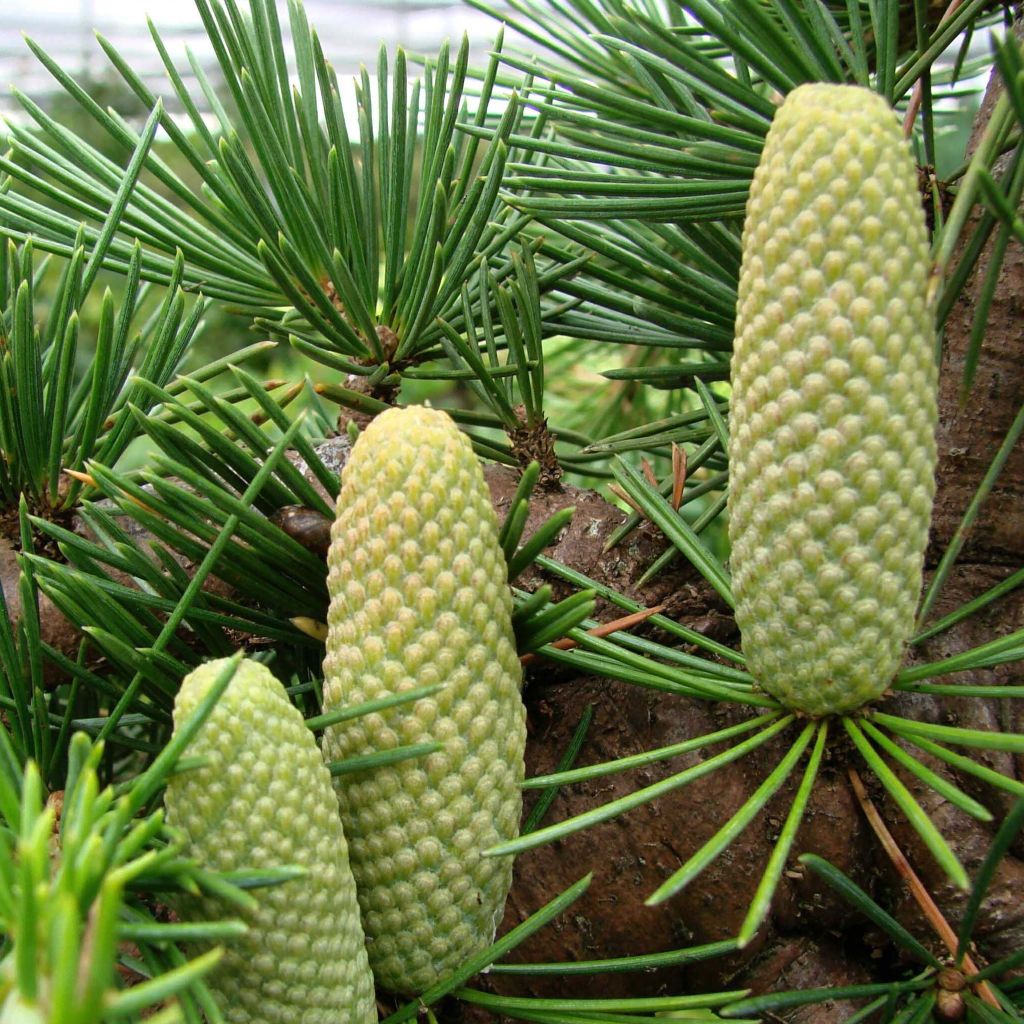

Cedrus libani - Lebanese Cedar
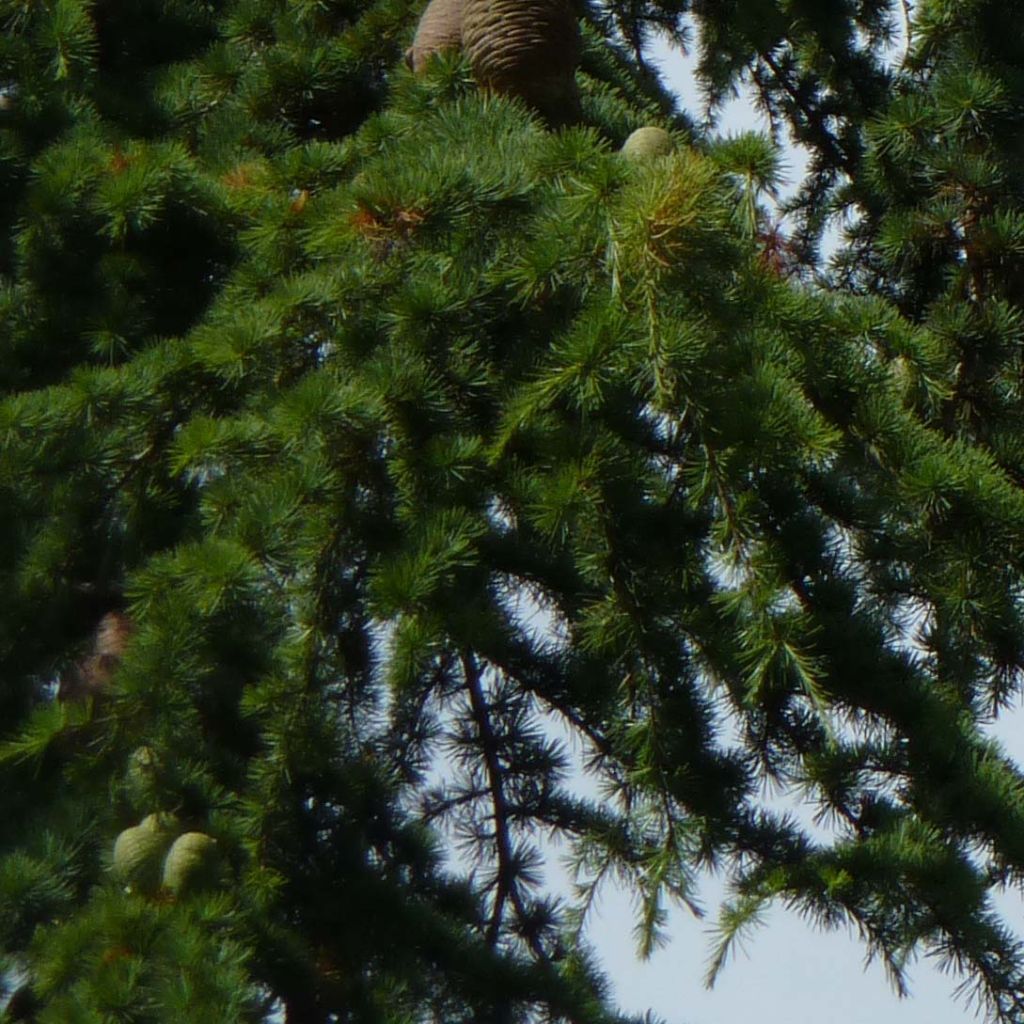

Cedrus libani - Lebanese Cedar


Cedrus libani - Lebanese Cedar
Cedrus libani - Lebanese Cedar
Cedrus libani
Cedar of Lebanon, Lebanese Cedar
Very beautiful habit, nearly 1m80, I am delighted. Excellent value for money.
Emilie, 12/01/2021
Special offer!
Receive a €20 voucher for any order over €90 (excluding delivery costs, credit notes, and plastic-free options)!
1- Add your favorite plants to your cart.
2- Once you have reached €90, confirm your order (you can even choose the delivery date!).
3- As soon as your order is shipped, you will receive an email containing your voucher code, valid for 3 months (90 days).
Your voucher is unique and can only be used once, for any order with a minimum value of €20, excluding delivery costs.
Can be combined with other current offers, non-divisible and non-refundable.
Why not try an alternative variety in stock?
View all →This plant carries a 24 months recovery warranty
More information
We guarantee the quality of our plants for a full growing cycle, and will replace at our expense any plant that fails to recover under normal climatic and planting conditions.

Would this plant suit my garden?
Set up your Plantfit profile →
Description
The Cedrus libani, grand emblematic cedar of Lebanon, is a majestic tree characterised by a pyramidal habit during its first thirty years, then becoming tabular, displaying a flattened crown. It is its spread-out, almost horizontally arranged branches that give the cedar of Lebanon its recognisable silhouette. Its foliage of a very dark green allows it to stand out admirably in the landscape. Because this tree is a monument, often used in isolation in parks, it finds its place in large gardens, to which it brings a unique touch. Bonsai enthusiasts have also made it one of their favourites.
The Cedrus libani, also called Cedar of Lebanon, belongs to the pine family. It is precisely native to Mount Lebanon, where it is found at an altitude of over 1,500 m (4,921 ft). This legendary tree, which once covered most of the Lebanese territory, is now present in a few areas spared by human activities and climate change. It prefers a temperate climate and deep, well-drained soil and can reach an average height of 25-30 m (82-98 ft) with a spread of 15-18 m (49 ft-59 ft). Its growth is moderately fast in deep and moist soil. Its trunk, which can become very wide, often divides into several large, almost horizontal branches that bear similarly horizontal twigs, forming a table at its crown. The bark, initially smooth and shiny, becomes fissured into small scales with age. Its evergreen foliage is made of sharp needles 3 cm (1.2 in) long, borne on short twigs. Flowering takes place in September-October. The male flowers are elongated catkins, conical in shape and brown in colour. The female flowers shaped as small green balls, appear at the ends of short twigs. The fruits are upright furcones 10 cm (3.9 in) long that remain on the tree for 3 years before opening.
The Cedrus libani is a majestic conifer of imposing size that demands to be planted in isolation in a large short grass meadow to fully appreciate its beautiful silhouette. In a very large garden, several specimens can also be planted along a pathway. This pathway will then take on a completely different dimension and a style that is both original and romantic. Space the trees sufficiently so that they do not interfere with each other later on. The cedar of Lebanon also lends itself very well to bonsai cultivation.
Cedrus libani - Lebanese Cedar in pictures
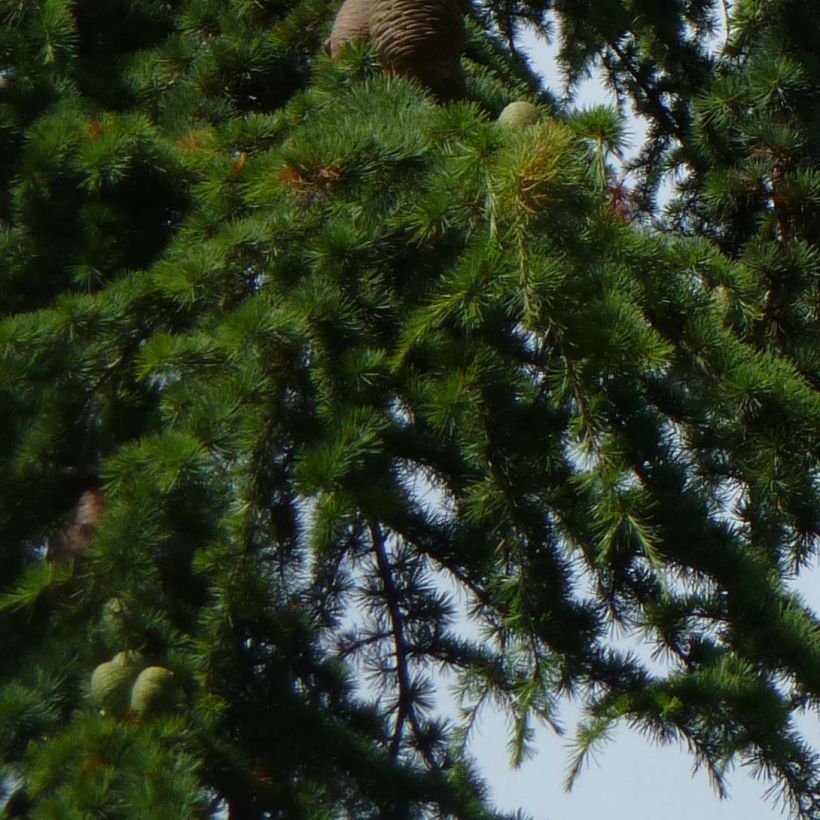

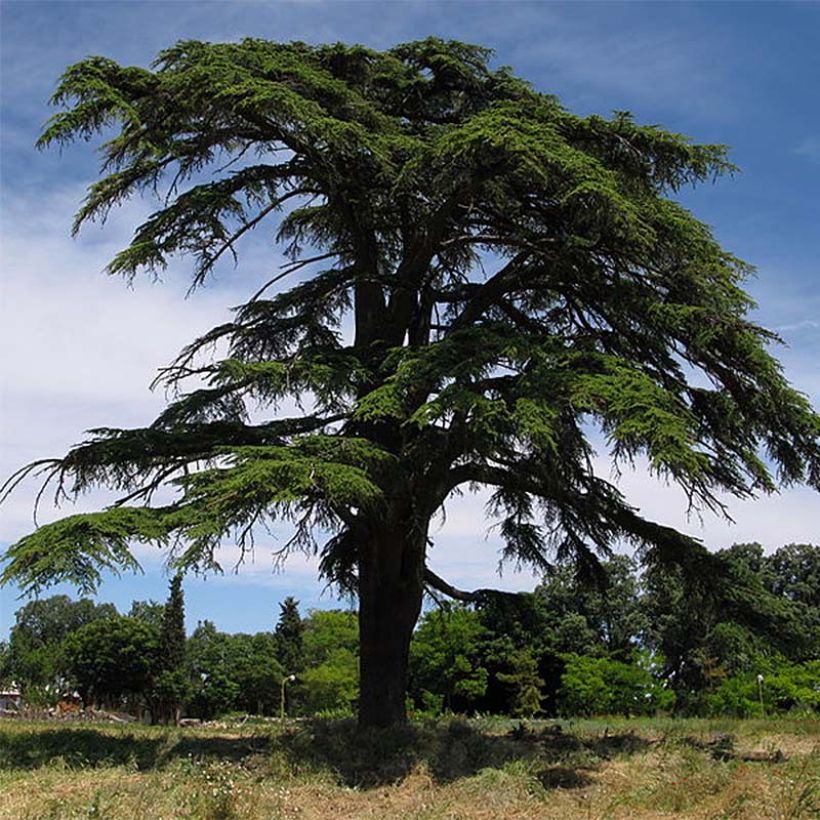

Plant habit
Foliage
Botanical data
Cedrus
libani
Pinaceae
Cedar of Lebanon, Lebanese Cedar
Middle East
Planting and care
The cedar of Lebanon prefers temperate climates and can withstand temperatures as low as -15-16°C (5-60.8 °F). It is planted from September to November and from February to June in ordinary, but deep soil. It is not very demanding in terms of soil type, and can tolerate slightly acidic to slightly calcareous soil, as long as it is well-drained and does not retain water. Choose a very sunny, well-cleared location, and anticipate the future development of this tree, which has significant growth. Do not disturb it, as its root system needs to firmly anchor itself in the soil to withstand drought and wind. Soak the root ball well before planting. Stake your young cedar, and water it regularly to help it establish, especially during the summer, for the first 2 or 3 years. Add organic fertiliser on planting (crushed horn...). Optionally, every year in April, apply a special conifer fertiliser and cultivate the soil in summer. Pruning is not necessary, except to shape the tree or remove dead branches at the base of the trunk as it grows.
Planting period
Intended location
Care
Planting & care advice
-
, onOrder confirmed
Reply from on Promesse de fleurs
Similar products
Haven't found what you were looking for?
Hardiness is the lowest winter temperature a plant can endure without suffering serious damage or even dying. However, hardiness is affected by location (a sheltered area, such as a patio), protection (winter cover) and soil type (hardiness is improved by well-drained soil).

Photo Sharing Terms & Conditions
In order to encourage gardeners to interact and share their experiences, Promesse de fleurs offers various media enabling content to be uploaded onto its Site - in particular via the ‘Photo sharing’ module.
The User agrees to refrain from:
- Posting any content that is illegal, prejudicial, insulting, racist, inciteful to hatred, revisionist, contrary to public decency, that infringes on privacy or on the privacy rights of third parties, in particular the publicity rights of persons and goods, intellectual property rights, or the right to privacy.
- Submitting content on behalf of a third party;
- Impersonate the identity of a third party and/or publish any personal information about a third party;
In general, the User undertakes to refrain from any unethical behaviour.
All Content (in particular text, comments, files, images, photos, videos, creative works, etc.), which may be subject to property or intellectual property rights, image or other private rights, shall remain the property of the User, subject to the limited rights granted by the terms of the licence granted by Promesse de fleurs as stated below. Users are at liberty to publish or not to publish such Content on the Site, notably via the ‘Photo Sharing’ facility, and accept that this Content shall be made public and freely accessible, notably on the Internet.
Users further acknowledge, undertake to have ,and guarantee that they hold all necessary rights and permissions to publish such material on the Site, in particular with regard to the legislation in force pertaining to any privacy, property, intellectual property, image, or contractual rights, or rights of any other nature. By publishing such Content on the Site, Users acknowledge accepting full liability as publishers of the Content within the meaning of the law, and grant Promesse de fleurs, free of charge, an inclusive, worldwide licence for the said Content for the entire duration of its publication, including all reproduction, representation, up/downloading, displaying, performing, transmission, and storage rights.
Users also grant permission for their name to be linked to the Content and accept that this link may not always be made available.
By engaging in posting material, Users consent to their Content becoming automatically accessible on the Internet, in particular on other sites and/or blogs and/or web pages of the Promesse de fleurs site, including in particular social pages and the Promesse de fleurs catalogue.
Users may secure the removal of entrusted content free of charge by issuing a simple request via our contact form.
The flowering period indicated on our website applies to countries and regions located in USDA zone 8 (France, the United Kingdom, Ireland, the Netherlands, etc.)
It will vary according to where you live:
- In zones 9 to 10 (Italy, Spain, Greece, etc.), flowering will occur about 2 to 4 weeks earlier.
- In zones 6 to 7 (Germany, Poland, Slovenia, and lower mountainous regions), flowering will be delayed by 2 to 3 weeks.
- In zone 5 (Central Europe, Scandinavia), blooming will be delayed by 3 to 5 weeks.
In temperate climates, pruning of spring-flowering shrubs (forsythia, spireas, etc.) should be done just after flowering.
Pruning of summer-flowering shrubs (Indian Lilac, Perovskia, etc.) can be done in winter or spring.
In cold regions as well as with frost-sensitive plants, avoid pruning too early when severe frosts may still occur.
The planting period indicated on our website applies to countries and regions located in USDA zone 8 (France, United Kingdom, Ireland, Netherlands).
It will vary according to where you live:
- In Mediterranean zones (Marseille, Madrid, Milan, etc.), autumn and winter are the best planting periods.
- In continental zones (Strasbourg, Munich, Vienna, etc.), delay planting by 2 to 3 weeks in spring and bring it forward by 2 to 4 weeks in autumn.
- In mountainous regions (the Alps, Pyrenees, Carpathians, etc.), it is best to plant in late spring (May-June) or late summer (August-September).
The harvesting period indicated on our website applies to countries and regions in USDA zone 8 (France, England, Ireland, the Netherlands).
In colder areas (Scandinavia, Poland, Austria...) fruit and vegetable harvests are likely to be delayed by 3-4 weeks.
In warmer areas (Italy, Spain, Greece, etc.), harvesting will probably take place earlier, depending on weather conditions.
The sowing periods indicated on our website apply to countries and regions within USDA Zone 8 (France, UK, Ireland, Netherlands).
In colder areas (Scandinavia, Poland, Austria...), delay any outdoor sowing by 3-4 weeks, or sow under glass.
In warmer climes (Italy, Spain, Greece, etc.), bring outdoor sowing forward by a few weeks.






























